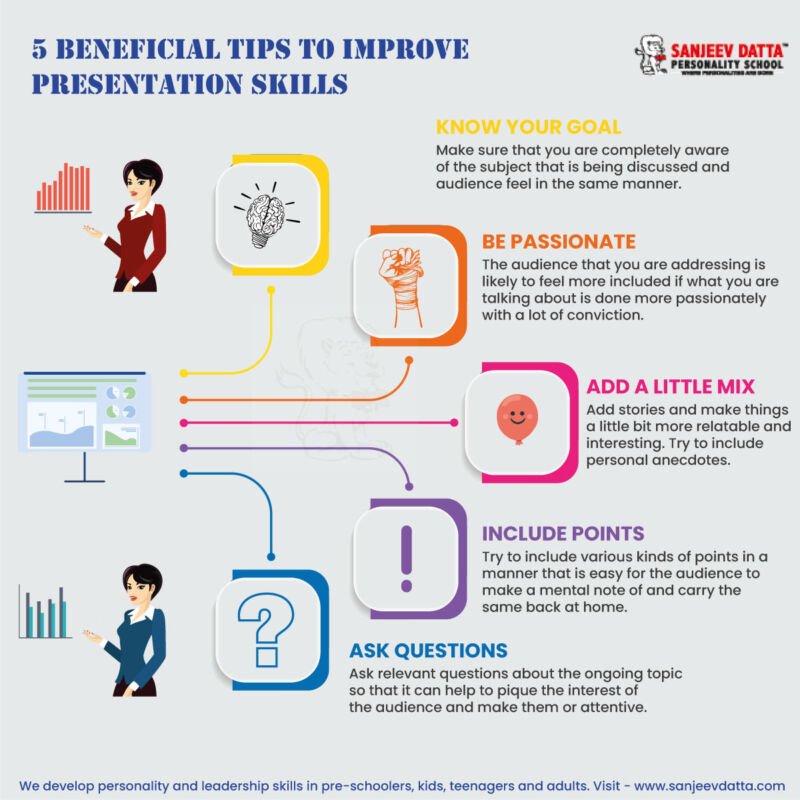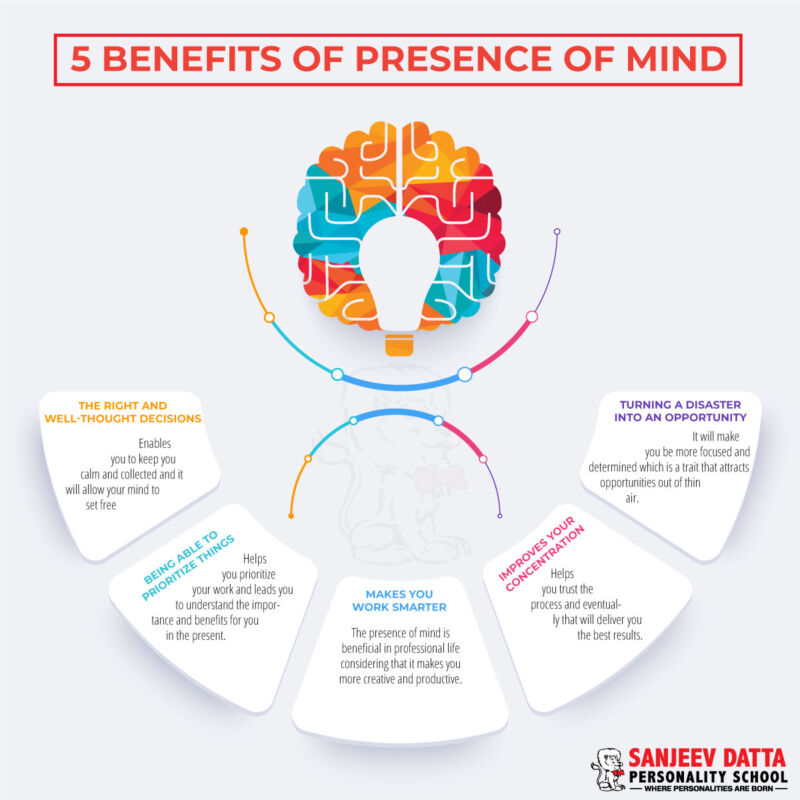Here’s something most career advice won’t tell you: what you say at work matters far less than how you say it. Research consistently shows that up to 93% of communication effectiveness comes from nonverbal cues—your body language, tone of voice, and facial expressions—while the actual words you speak account for just 7%. Let that sink in for a moment. You could have the best ideas, the strongest qualifications, and the most impressive credentials, but if your body language communicates uncertainty, disengagement, or defensiveness, your career trajectory will hit an invisible ceiling you might not even realize exists. Understanding body language for career growth isn’t about manipulating people or faking confidence you don’t feel. It’s about aligning your nonverbal communication with your professional goals, ensuring your body isn’t sabotaging the message your words are trying to convey, and leveraging the powerful psychology of presence to create opportunities that propel your career forward.
Whether you’re aiming for promotions, trying to establish leadership credibility, improving client relationships, or simply wanting colleagues to take you more seriously, mastering body language is one of the highest-ROI investments you can make in your professional development.
Unlike additional degrees or certifications that cost thousands and take years, improving your body language can transform how others perceive you within weeks—and the impact compounds over your entire career.
In this comprehensive guide, we’ll explore exactly why body language for career growth matters so profoundly, break down the specific signals that help or hurt your advancement, and provide actionable strategies you can implement immediately to leverage nonverbal communication for professional success.
Let’s unpack why what you’re not saying might be the most important message you’re sending at work.
The Science Behind Body Language and Professional Success
Why Your Brain Responds to Body Language Before Words?
Human brains are hardwired to process nonverbal signals faster and more powerfully than verbal information. This isn’t a bug—it’s an evolutionary feature that kept our ancestors alive by quickly assessing threats, allies, and social hierarchies.
When you walk into a meeting, speak with a manager, or present to clients, their brains are processing hundreds of nonverbal signals before you finish your first sentence.
These signals activate primitive brain regions that generate instant impressions and emotional responses—often before the logical, analytical parts of the brain even process your actual words. This is why first impressions form within 7 seconds and are notoriously difficult to change later.
The Leadership Attribution Effect
Research in organizational psychology reveals a powerful pattern: people attribute leadership qualities to individuals displaying confident body language even before observing their actual competence or achievements.
Studies show that professionals who display strong body language are 44% more likely to be perceived as leadership material, 32% more likely to receive promotions when qualifications are otherwise equal, and significantly more likely to have their ideas adopted in meetings.
This isn’t fair, but it’s reality. Your body language creates a halo effect that influences how every other aspect of your professional performance is evaluated.

Critical Body Language Signals That Impact Career Growth
1. Power Postures vs. Submissive Signals
Your posture communicates status and confidence more powerfully than almost any other nonverbal cue.
Power Postures:
- Standing tall with shoulders back and spine straight
- Taking up space with arms away from the body
- Stillness with purpose, not fidgeting
- Weight distributed evenly in a grounded stance
- Open torso facing people directly
Submissive Signals to Avoid:
- Slouching or hunching shoulders
- Making yourself small with arms tight to your body
- Head tilting excessively
- Leaning away from others
- Crossing arms defensively
Before important meetings or presentations, spend two minutes in a power pose: feet shoulder-width apart, hands on hips, chest open, chin level. This primes your physiology to carry more confident body language naturally.
2. Eye Contact: The Window to Professional Credibility
Eye contact might be the single most powerful body language tool for career advancement.
Effective Eye Contact:
- Maintain 60-70% eye contact when listening
- 40-50% when speaking
- Hold contact for 3-5 seconds with individuals during presentations
- Steady eye contact when receiving criticism shows confidence
Common Mistakes:
- Too little eye contact signals insecurity or dishonesty
- Darting eyes suggest nervousness
- Looking down when speaking makes you appear uncertain
- Staring too intensely can be aggressive
3. Hand Gestures That Command Attention
Your hands are your most expressive nonverbal tool.
Powerful Gestures:
- Steepling fingers signals confidence and authority
- Open palms signal honesty and openness
- Purposeful chopping motions emphasize key points
- Containing gestures helps audiences visualize concepts
Gestures That Undermine:
- Fidgeting with pens or jewelry signals nervousness
- Wringing hands shows obvious anxiety
- Hiding hands suggests you’re hiding something
- Pointing aggressively seems confrontational
- Excessive gesturing becomes distracting
The most powerful gesture is sometimes no gesture at all—strategic stillness signals confidence and control.
For professionals serious about leveraging body language to accelerate career growth, structured personality development training provides systematic guidance that casual observation can’t replicate. These programs offer mirror work and video feedback revealing nonverbal habits you’re completely unaware of, expert coaching on industry-specific body language expectations, practice environments where you can experiment safely, and accountability structures ensuring new patterns become ingrained habits rather than occasional efforts.

Body Language Strategies for Specific Career Situations
1. Job Interviews: Nonverbal Success
Job interviews are the highest-stakes body language situation most professionals face.
Entrance:
- Walk in with purpose and confidence
- Strong handshake with eye contact
- Wait to sit until invited
- Claim your space without making yourself small
During the Interview:
- Forward lean shows engagement
- Mirror the interviewer’s energy subtly
- Keep your hands visible on the table
- Pause before answering to show thoughtfulness
Red Flags to Avoid:
- Looking at a watch or a phone
- Crossing arms defensively
- Touching face excessively
- Breaking eye contact when discussing weaknesses
2. Presentations: Commanding the Room
Platform Presence:
- Power stance with feet shoulder-width apart
- Purposeful movement, not nervous pacing
- Eye contact with individuals throughout the room
- Open gestures extending toward the audience
- Vocal variety in pace, volume, and pitch
Handling Nerves:
- Take three deep breaths before starting
- Ground yourself by feeling your feet on the floor
- Start strong—the first minute sets the tone.
- Use pauses for impact
- Focus outward on serving the audience
3. Meetings: Nonverbal Strategies for Influence
During Discussion:
- Active listening posture with forward lean
- Strategic note-taking signals importance
- Controlled reactions to others’ ideas
- Speaking loudly enough for everyone to hear
Contributing Ideas:
- Lean forward before speaking
- Make eye contact with decision-makers
- Use gestures for emphasis
- Pause after key points
- Own ideas confidently without qualifiers
4. Networking: Building Connections
Approachability:
- Open body orientation facing people squarely
- Genuine smiles with your eyes
- Uncrossed arms
- Appropriate proximity without invading space
- Mirroring the other person’s energy level
Conversation Engagement:
- Active listening with nodding and eye contact
- Leaning in slightly shows interest
- Ask follow-up questions
- Remember and use names
Developing Professional Personality Development Skills

Body language doesn’t exist in isolation—it’s one component of your overall professional presence. The most successful professionals integrate verbal communication, body language, and emotional intelligence into a cohesive personal brand.
Key Personality Development Skills:
- Self-awareness of your nonverbal patterns
- Emotional regulation, managing emotions that drive body language
- Adaptability, adjusting style to different contexts
- Presence commanding attention through integrated communication
- Authenticity ensuring body language reflects genuine confidence
Professionals who invest in developing these integrated personality development skills don’t just improve their body language—they transform their entire professional presence in ways that open doors throughout their careers.
1. Recording Yourself: Uncomfortable but Effective
Record yourself on video during presentations or practice scenarios, then watch critically.
What to Look For:
- Repetitive nervous habits you’re unaware of
- Posture defaults after a few minutes
- Eye contact patterns
- Facial expressions matching your words
- Hand gesture patterns
- Vocal tonality
2. Practice Environments
Create low-stakes practice opportunities:
- Toastmasters or speaking clubs
- Team meetings for experimentation
- One-on-ones with less pressure
- Mock presentations with colleagues
- Networking events
3. Getting Feedback
Ask specific questions:
- What nonverbal habits undermine my credibility?
- How do I come across in meetings?
- What one change would most improve my presence?
ways to evaluate professional agility
Common Body Language Mistakes That Stall Careers
1. The Confidence-Arrogance Line
Confident but Not Arrogant:
- Strong posture without a puffed chest
- Direct eye contact without staring
- Taking appropriate space without dominating
- Speaking up without talking over others
Signals of Arrogance:
- Chin elevated, looking down on others
- Interrupting consistently
- Dismissive hand waves
- Excessive spreading into others’ space
- Smirking or contemptuous expressions

2. Virtual Meeting Body Language
Camera Presence:
- Look at the camera when speaking for simulated eye contact
- Proper framing with space above the head
- Face a light source
- Professional or blurred background
- Sit upright even at home
- Keep hands visible when gesturing
Virtual Engagement:
- Nod visibly for active listening
- Unmute to speak, but stay visible
- Look at speakers in gallery view
- Minimize multitasking
Measuring Progress
1. Qualitative Indicators
You’ll notice:
- People maintain eye contact longer with you
- Colleagues seem more engaged when you speak
Invitations to high-visibility projects
– Feedback about your presence improves
– Networking feels easier
2. Quantitative Indicators
Track:
– Times you speak in meetings
– Duration of eye contact
– Presentation evaluation scores
– Networking connections made
– Promotion timeline
Body language improvement shows up in how others respond to you professionally over 6-12 months.
Frequently Asked Questions
Q1: Can body language really impact my career more than my actual work performance?
Not more than performance, but independent of it. Past a certain competence threshold, what differentiates who gets promoted is who’s perceived as leadership material. Body language is the primary signal for that assessment. Two equally competent professionals can have dramatically different career trajectories based primarily on presence. The good news: improving body language happens relatively quickly with focused effort.
Q2: I’m naturally introverted—can I develop confident body language without faking who I am?
Absolutely. Confident body language isn’t about becoming an extrovert. It’s about communicating your genuine competence clearly. Introverts can have a powerful presence through thoughtful communication, strong eye contact, and purposeful stillness. The goal isn’t changing your personality—it’s ensuring your body language accurately reflects your capabilities.
Q3: How long does it take to change habitual body language patterns?
Expect 2-3 weeks to become consciously aware, 4-6 weeks of conscious practice, and 2-3 months before patterns become relatively automatic. High-stress situations take longer—maybe 6-12 months before confident body language is your default, even under pressure. Most people see noticeable improvements within a month with deliberate practice.
Q4: What if my cultural background has different body language norms than my workplace?
Develop code-switching abilities—adapting communication styles to match professional contexts while maintaining authenticity. Research workplace norms, observe successful professionals, and adopt body language that works in this context. Many professionals maintain different patterns professionally versus personally without feeling inauthentic.
Q5: Should I point out poor body language in colleagues or direct reports?
If you’re a manager, providing feedback about professional presence is part of your job—but do it privately, specifically, and constructively. For colleagues at your level, only provide feedback if you have a relationship where it’s welcome. If unsure, don’t offer unsolicited feedback.
Conclusion: Your Body Language Is Your Career’s Silent Advocate
Your body language is either opening doors or closing them, elevating your reputation or undermining it, creating opportunities or limiting them. There’s no neutral—every interaction involves nonverbal communication shaping how others perceive your capabilities, confidence, and leadership potential.
The fortunate reality is that body language can improve dramatically within months through conscious awareness and deliberate practice. You don’t need an MBA to stand taller, make stronger eye contact, or use purposeful gestures. You just need awareness, knowledge of what to change, and commitment to consistent practice.
This isn’t about manipulation or pretending to be someone you’re not. It’s about ensuring your external presentation accurately reflects your internal capabilities. If you’re competent but your body language communicates uncertainty, you’re misrepresenting yourself. Improving your body language creates alignment between who you are and how others experience you.
The professionals who master body language for career growth don’t just advance faster—they enjoy the journey more. Confident presence reduces anxiety, improves relationships, increases influence, and creates opportunities.
Start today. Stand taller. Make stronger eye contact. Use purposeful gestures. Take up appropriate space. And watch as opportunities that once seemed out of reach suddenly become accessible.
Your career trajectory is too important to leave to chance. Master the silent signals, and watch your professional success speak volumes.


